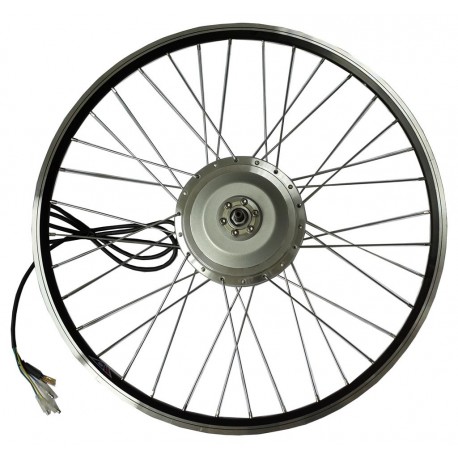Love the ride experience of the TSDZ2 - if not the well known design & manufacturing issues - but it's become clear it isn't up to what I need with carrying and towing heavy loads on steep terrain. Consensus of some extremely helpful and experienced modders is that even with firmware updates and internal cooling mods it's unlikely I could squeeze enough extra torque out of it at higher cadences and would still likely end up frying it or, if I'm lucky, at least needing to strip it more often than is practical.
So, while I've still got a decent condition and un-abused drive to sell on, the strongest contender for a beefier and reliable replacement seems to be the BBSHD.
Question is: should I order the 48V unit and stick with my existing 48V 17.5Ah LG-celled HL pack (from PSW Power), or go all-in and order the 52V BBSHD and an appropriate 52V pack, probably 21Ah?
Would appreciate thoughts from those running 48 and/or 52V BBSHDs, and recommendations for known good quality off-the-shelf packs of a suitable spec, or UK builders of same.
The bike is very much a workhorse and in daily use for both domestic and work duties, so (relative) reliability is essential.
Cheers!


So, while I've still got a decent condition and un-abused drive to sell on, the strongest contender for a beefier and reliable replacement seems to be the BBSHD.
Question is: should I order the 48V unit and stick with my existing 48V 17.5Ah LG-celled HL pack (from PSW Power), or go all-in and order the 52V BBSHD and an appropriate 52V pack, probably 21Ah?
Would appreciate thoughts from those running 48 and/or 52V BBSHDs, and recommendations for known good quality off-the-shelf packs of a suitable spec, or UK builders of same.
The bike is very much a workhorse and in daily use for both domestic and work duties, so (relative) reliability is essential.
Cheers!










